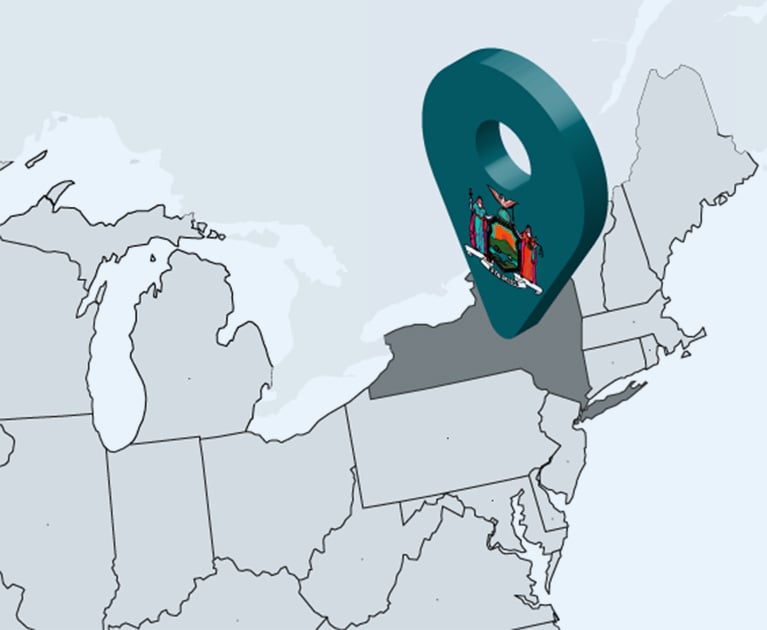Much to the delight of borrowers and guarantors, the U.S. District Court for the Southern District of New York, in 2014, issued a decision granting summary judgment to the defendant guarantor declining to hold the guarantor fully liable for the unpaid loan amount due to “foot faults” triggered by the filing of liens. Broadly speaking, even though a technical violation of the recourse provisions had occurred, the court found the relevant provisions to be ambiguous and, after review of extrinsic evidence, attempted to determine the intent of the parties. However, in 2016, to much less fanfare, the U.S. Court of Appeals for the Second Circuit found that the granting of summary judgment was inappropriate and remanded the matter for further proceedings to determine the parties’ intent.
‘CP III Rincon Towers v. Cohen’
In CP III Rincon Towers v. Cohen, 13 F. Supp. 3d 307 (S.D.N.Y. 2014), defendant Richard Cohen, through three special purpose borrowing entities (collectively, “borrowers”), obtained a mortgage loan in order to acquire a mixed-use development project in San Francisco. In connection with the loan, the defendant executed a non-recourse carve-out guaranty in favor of the lender (“guaranty”). In the course of performing required renovations of the property, borrowers engaged contractors and were parties to a common development agreement (the Real Estate Owners’ Association or “REOA”). Borrowers issued a conditional payment to their general contractor claiming that its work was unsatisfactory, and the general contractor and certain subcontractors filed mechanics liens against the property as well as a judgment lien, and, when borrowers failed to make certain payments required under the REOA, the counterparty under the REOA recorded a notice of delinquency and a claim of lien against borrowers (collectively, the “disputed liens”).


 Jeffrey B. Steiner and David Broderick
Jeffrey B. Steiner and David Broderick




